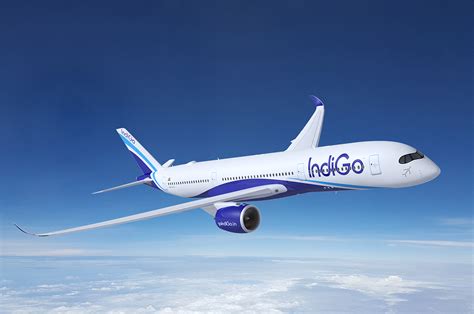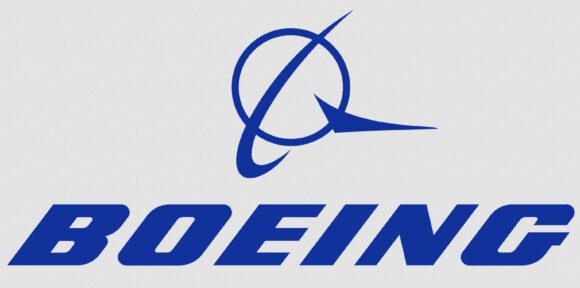[UPDATE we received guidance on numbers from OEMs, changing the charts]
[UPDATE 2 rechecked the charts redid the charts to ensure equal seating]
We decided to take another look at the point of friction where the small duopoly meets the big duopoly. Looking at some payload, empty weight and the combining this with fuel and seat capacity we created this chart.
The choice of metrics is there to provide a mapping of the current solutions available, so this is not meant to assess the operational capabilities of a given aircraft, although it becomes obvious that Airbus and Boeing are correct in their assessment that the market is moving towards up-gauging narrow bodies and that it thus leaves Bombardier and Embraer to compete in a market that is not so much about growth as it is replacement.
 Airbus has a problem with the A319neo, even with an increase in seating, the aircraft is heavy. Airlines don’t want heavy. Boeing has done a great job with the revised MAX7, making it a much more competitive offering. It now offers 150 seats compared to 140 for the A319neo.
Airbus has a problem with the A319neo, even with an increase in seating, the aircraft is heavy. Airlines don’t want heavy. Boeing has done a great job with the revised MAX7, making it a much more competitive offering. It now offers 150 seats compared to 140 for the A319neo.
Looking at the new players Bombardier has done a good job of creating an aircraft to competing with the smaller Airbus and Boeing products. The move by Boeing to 150 seats actually moves the MAX7 out of this field. The same for the A319neo. The E2 benefits from its much lighter airframe and offers 120 seats. Almost certainly Bombardier is going to have to match or beat that from its baseline 110 seats to stay competitive. However, the CS100 has a 3,100NM range compared to the 2,450NM for the E195-E2, so perhaps, one could argue these two aircraft are aimed at different uses.
So look what happens when we take the same chart and show either in the in-service fleet for the Airbus and Boeing aircraft along with orders for the next generation models and their new competitors.
 Amazing, right? Airbus and Boeing tell us the market has moved away from the segment and cite the low order levels as evidence. Yet the big duopoly had 2,488 aircraft in-service as of 2Q16. That is not an insignificant market. Even if one argues that some operators are going to go upmarket, this will not be 100% of the segment.
Amazing, right? Airbus and Boeing tell us the market has moved away from the segment and cite the low order levels as evidence. Yet the big duopoly had 2,488 aircraft in-service as of 2Q16. That is not an insignificant market. Even if one argues that some operators are going to go upmarket, this will not be 100% of the segment.
If 25% of the market moves up beyond 130 seats, that still leaves Bombardier and Embraer with nearly 1,900 aircraft to replace with their more efficient right sized equipment. Just as Airbus and Boeing had a great time selling into this segment, the small duopoly is also going sow and harvest.
Views: 1





Addison, you seem to be comparing the 737-7 and A319 to the CS100, when in fact you should compare them to the CS300. I still understand your point, but the CS100 is more a niche aircraft than the CS300, and the latter competes more directly with the 737-7 and A319. As for the MAX 7, it will compete with the CS500, and that’s why I don’t think Boeing will ever build it.
Agreed, Normand. Why is the CS300 not on these graphs?
In other news, I am shocked by your affirmation that Boeing won’t build the MAX 7, even the newly revised model… The consensus seems to be that the new MAX 7 has been taylored especially for Southwest and Westjet.
Wow has the 737-7MAX really got the empty weight per seat that much lower? Does this include the major changes to the -7MAX proposal (aka a shrink of the -8MAX?)
Its surprising as the OEW between the 737-800 and 737-700 (which is shorter than the MAX7) is only 7000lb
Yes I agree that the MAX 7 has been tailored for Southwest/Westjet. And that’s the problem. You cannot build an airplane just for one operator or two. It worked in the days of Juan Trippe at Pan Am, but the world has changed and Pan Am is long gone. The MAX 7 would not be able to compete with the CS500 and therefore Boeing cannot possibly expect to have a reasonable ROI.
The message in this article is that the 100-150 segment is a replacement market rather than a growth market. I disagree with that statement. You seem to base your assessment on the fact that A&B sell more of the larger variants. But this reasoning is partially wrong. Many analysts do not seem to understand that it is the aircraft that makes the segment, not the other way around. Look what happened when Bombardier introduced the CRJ. They sold nearly 2000, and I don’t think they were replacements. And look what happened when Embraer introduced the E-Jet. They have sold over 1500 already and will eventually pass the CRJ. Again, I dont think they were replacements. Both aircraft were simply filling a void. It’s the same thing with the C Series. It has been created to fill a huge vacuum. The 100-150 sector is an extremely important segment that has long been neglected. If Airbus were able to sell that many A319 with an aircraft that was not optimized for this segment it can only mean two things: 1- There was nothing else better. 2- There was a need for an aircraft of that capacity. What I say here also applies to the 737-700. AirInsight perpetuates the myth that the 100-150 segment is not a growth market. And when you say that the 100-150 segment is only a replacement market you are actually reinforcing that myth.
And it would be particularly interesting to know what type of ranking (replacement or new market) or with new projects from Bombardier announced yesterday: a CRJneo would be a replacement for the CRJ? A CS500, an equivalent of 737, a320, really? A CS75 replace what kind of… ?
http://in.reuters.com/article/bombardier-ceo-idINT5N16401V
Normand, I think perhaps you read too far into what we think. We see the replacement factor as a way to de-risk. In other words, what replacement does is act as a floor. That allows for growth, but we don’t know by how much. Is that better?
I like the idea that you see the A319 and 737-7 as a starting point, or a floor. Viewed like this it makes more sense to me. Both were fine aircraft, but today they are too fat and too heavy for that segment; while the E-jet is too small. The latter is a four-abreast and the former are six-abreasts. I am of the opinion that the 100-150 segment can only be occupied efficiently and completely by a five-abreast. Last time we saw a clean-sheet design in this category was in 1965, that is more than 50 years ago. Today the C Series redefines that segment. And AirInsight were actually the first to recognize this and explained it in a comprehensive report called “The Business Case for the Bombardier CSeries” (2010). You said at the time that there was a market for 6000 aircraft in that segment, and that stil holds today. Embraer will likely take a sizeable portion of the bottom part, but the rest belongs to Bombardier. And if I were Airbus or Boeing I would spend my money on the upper segment where the six-abreast is in a more comfortable zone.
Your graphs are off!
Perhaps based on type spec but for sure the E190E2 cannot be in 2 different placed in your graph (roughly 255 payload/seat in one at 278 in the other), and neither can the Max7.
Are you sure you are comparing an equal standard or is one a 28″ LCC all econ/low catering while the other a 32/33″ cabin or dual class with full service, and multiple toilets?
And then the CS300 and E195E2 are still missing which is rather astonishing
The topic especially with all comments remains interesting for sure!
OK redoing the numbers again. This time keeping seats at standard 2 class configuration.